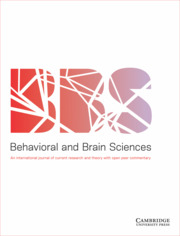Crossref Citations
This article has been cited by the following publications. This list is generated based on data provided by Crossref.
Magne, Pierre
and
Coello, Yann
2002.
Retinal and extra-retinal contribution to position coding.
Behavioural Brain Research,
Vol. 136,
Issue. 1,
p.
277.

